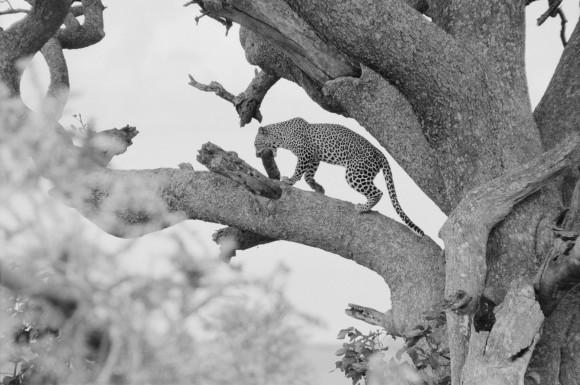The leopard haunts the forests and lurks in the shadows of the savannahs of Asia and Africa, like a stealthy ghost born in equal measure of the golden sun and the dark earth, with coal black spots that dapple its tawny skin.
It is always a thrill to see a leopard, and the cries of baboons or birds erupt when the master stalker is on the prowl. It’s as if Creation were sending out its avant guard to the rest of the animal kingdom, and saying, “Beware, an extraordinary being is among you.”
But today the cat that inspired “How the Leopard Got His Spots” from Rudyard Kipling’s Just So Stories, beloved by children the world over, is threatened. The leopard may well be encroaching on human habitat from Nairobi to the cities of Asia. But it is humanity that continues to slay it for its skin, for tawdry body parts that adorn the depraved among our kind. It is losing its home to the treachery of trophy hunters who decide to slay its impossible beauty, menacing the future of a predator that walks the world like a rare gem in the sentient arsenal of the world.





